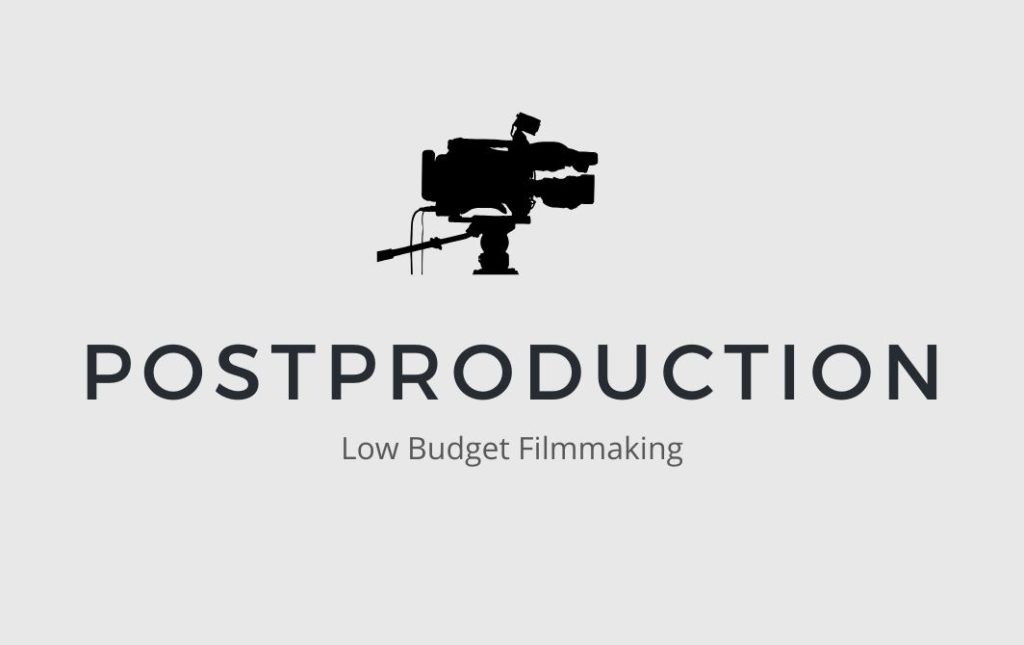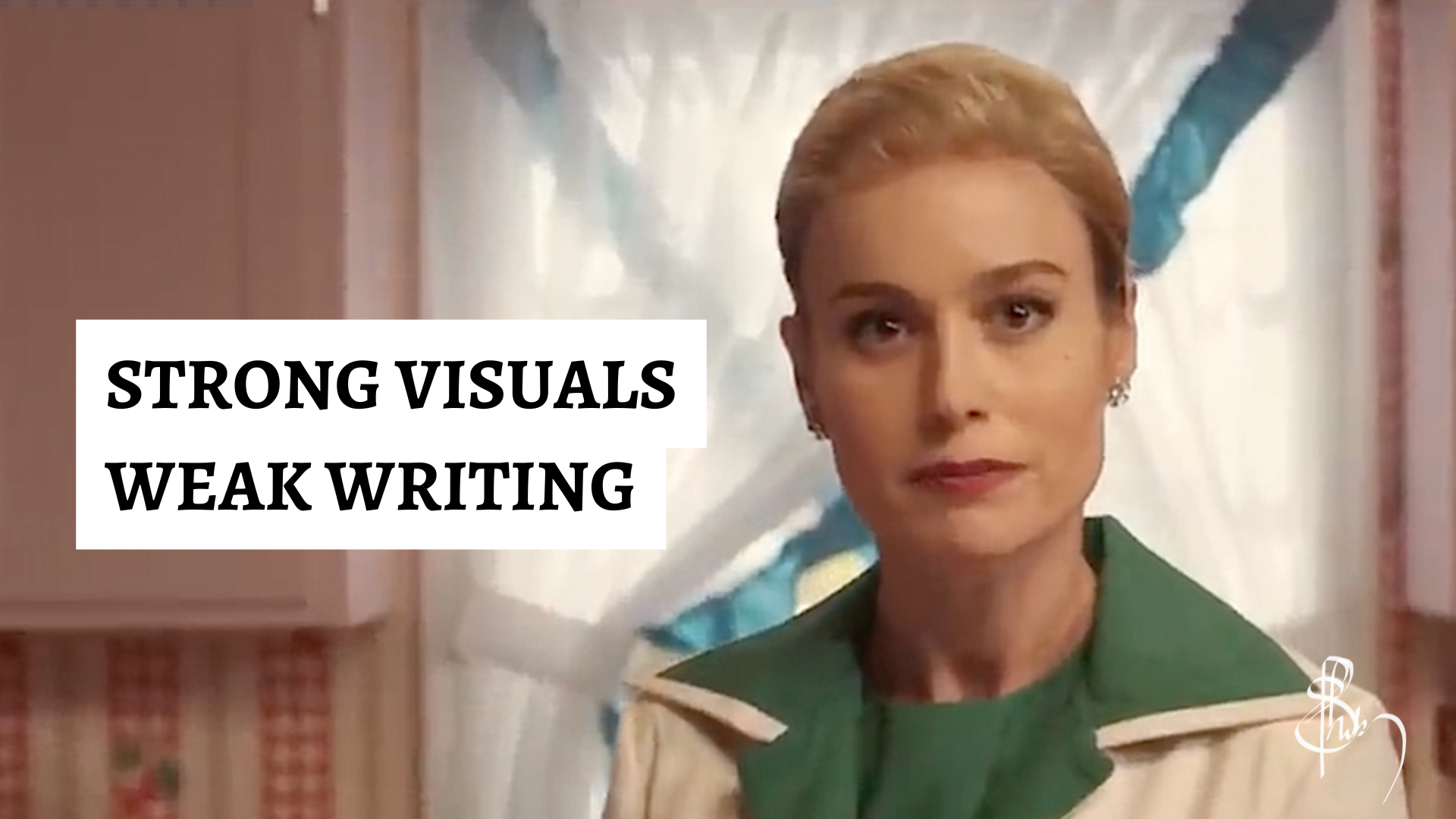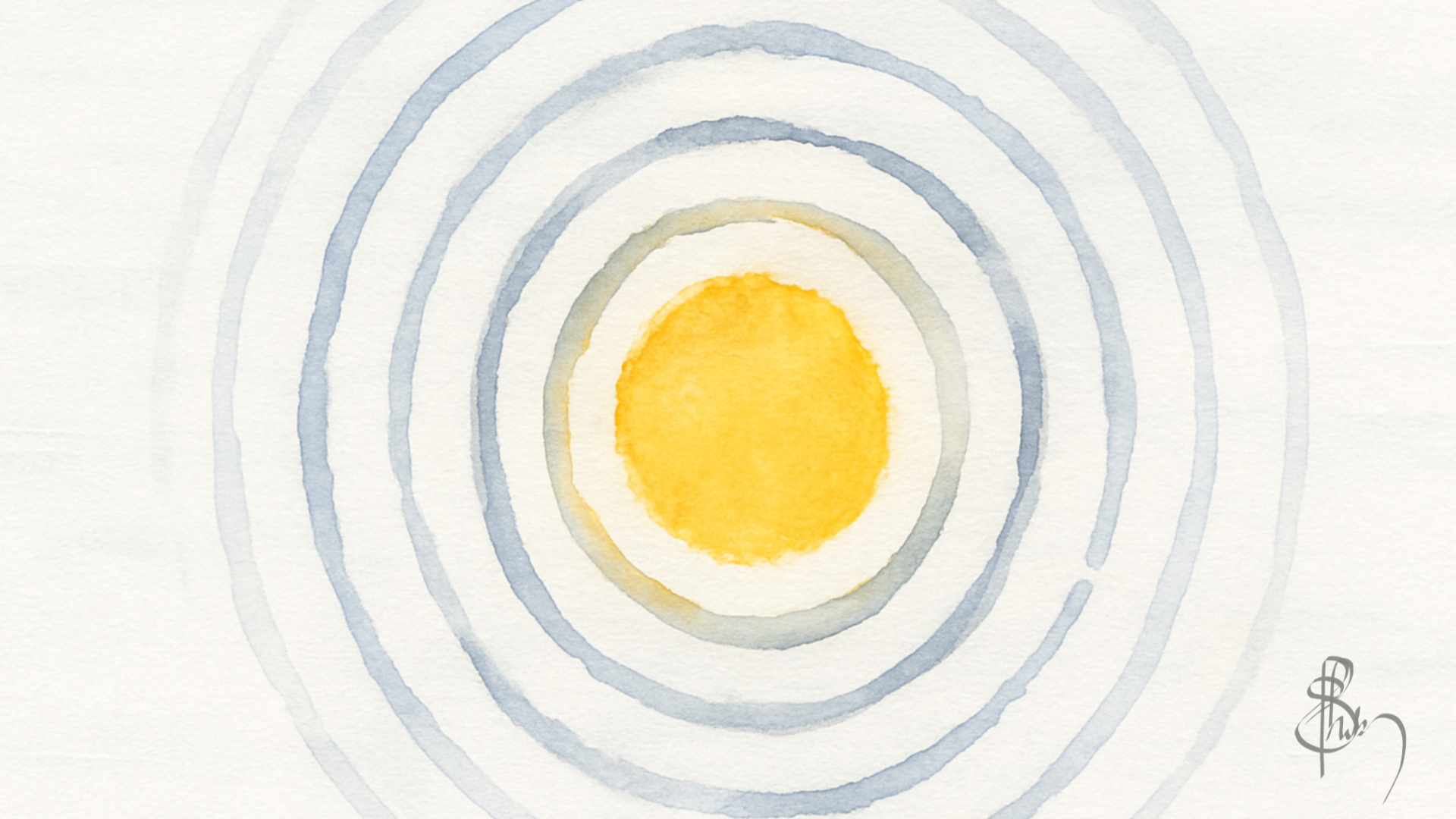Starting a project is easy. You are inspired, the future looks bright, there are lots of people around to help you. By the time you come through all the planning and hectic production days and reach postproduction, there is no energy left and there is no one around, just you and a system. You might have heard of ‘Development Hell‘. For low budget films, Postproduction Hell is just as real.
Rightfully this is one phase you should be cautious of. Especially with having enough money to pull through.
Budgeting
Even if you had budgeted properly in preproduction and did everything to run the production within it, you would still have eaten into some of your postproduction budget. When you have run out of motivation, raising funds can be a lot more difficult.
So I repeat again, work diligently in preproduction. Figure out everything that your specific film would need in postproduction and accommodate its expenses beforehand.
What Happens in Postproduction
At a high level only the following needs to happen in postproduction:
- Assembly of the film
- Composing music
- Getting sounds
- Coloring
- Delivering the final film
If you have done any kind of video work, this would be self evident. Even if not, there are infinite number of resources online that you can learn in depth about each of them. So let’s talk about things that I learnt from my experience.
Working in Reels
If you have not worked in a feature film format before, then this is something you need to be aware of. One thing different in the postproduction of a feature film from that of shorts is that everything that happens in postproduction happens in reels.
Reels are nothing but your movie split into pieces, each of a duration between 15 to 18 minutes (I do not know what the exact duration is. If you know let me know in the comments).
The editor creates the reels. Each reel will have a one frame beep at the beginning and end. They hand it over to the other departments. The sounds are created and mixed reel by reel, while at the same time color grading is done, again reel by reel. The editor later combines the new visuals and sounds, synched with the one frame beeps, and exported again, reel by reel.
Why Reels?
When I questioned why this was so, what I was told was that it was easier on the machines to process 15/18 minute projects than one that was an hour or two long. Said it posed less chance of a crash. And in case a crash happens, you don’t lose everything, but maybe only a 15 minute portion of the movie.
I don’t know how true that is. Maybe it is dogma that is still being followed from the practices of the celluloid film world. It doesn’t matter to me. So I did not challenge it. Please go ahead if you want to do so.
Tomorrow let’s look at another aspect that filmmakers getting into features should be aware of, called DCP.
Hey Aspiring Filmmaker,
I debuted my film career making a feature film for ₹5 lakhs ($7,000) on an iPhone. I’d like to help you do the same. So I wrote everything I learned into a book. It is now available on Amazon, called The Indian Indie Film (or Make Your Film for rest of the world). Enjoy!





